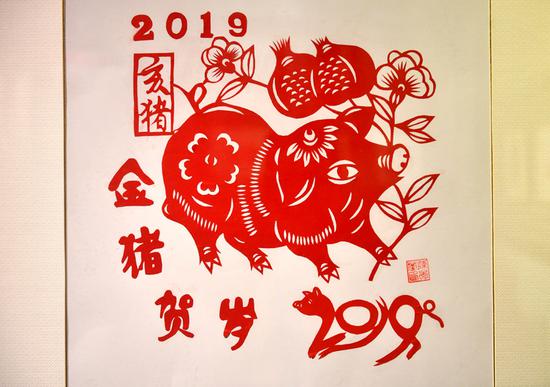Chinese companies listed on overseas bourses may consider floats on the Shanghai Stock Exchange's upcoming science and technology innovation board, analysts said.
The pilot project in China's capital market reforms is expected to be launched in the April-June period.
"Companies with special ownership structures complying with related requirements and redchip companies will both be allowed to list …," the China Securities Regulatory Commission, the top securities regulator, said in an announcement on Jan. 30.
Red-chip companies refer to mainland-based companies that are incorporated and listed outside the mainland, especially on the Hong Kong stock exchange and on bourses in New York, London and Frankfurt.
Analysts said the "special ownership structures" mentioned in the Jan 30 announcement refer to the structures of variable interest entity or VIE, which are adopted by some redchip companies, especially internet companies such as Alibaba and Tencent.
VIE structures enable investors abroad to invest in and control mainland-based companies by contracts instead of ownership. China does not allow foreign capital to take control of companies in certain industries via direct stock ownership.
"The new board's acceptance of VIE structures and red-chip companies will provide convenience for red-chip companies to list on mainland bourses," said Wang Tingting, an associate professor of finance at Beijing-based Central University of Finance and Economics.
"Without the acceptance, they need to make adjustments to their corporate governance structures, such as removing the VIE structure, in order to go public on mainland bourses. Such adjustments are usually costly," Wang said.
Luo Wei, an associate professor at Peking University's Guanghua Management School, said many mainland-based internet companies listed overseas wish to list at home, where they may even receive higher valuation as domestic investors appear to understand and recognize their business models better.
Once the new board sees redchip companies listing, mainland investors can diversify their portfolios better, but need to spend more time understanding risks behind the complex VIE structures, Luo said.
To list on the new board, redchip companies need not delist from bourses outside the mainland, according to the CSRC. Red-chip companies are allowed to list on the new board by issuing Chinese Depositary Receipts or CDRs, it said.
CDRs are certificates that are traded on mainland bourses but represent a pool of shares listed on bourses outside the mainland, offering a convenient and low-cost way for red-chip companies to list at home.


















































